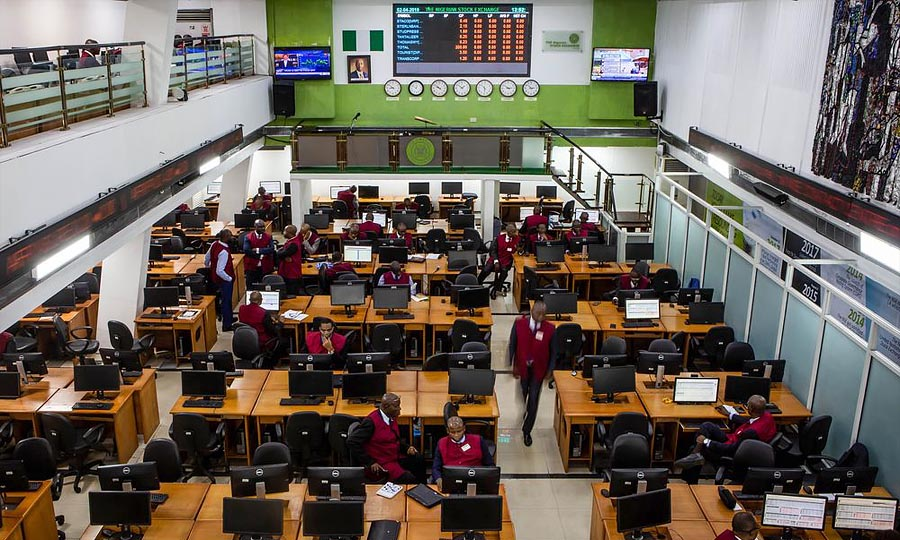Oil prices managed small gains through last week, but notched its third straight week of losses as traders grew increasingly concerned about over-supply.
West Texas Intermediate (WTI) traded at $57.54 per barrel, while Brent futures settled at $61.29 per barrel at their lowest level since May. WTI and Brent closed out the week down nearly 3 per cent. As of yesterday morning, WTI had fallen further to $57.11, while Nigeria’s benchmark, Brent, fell to $60.88.
Among others, the back-and-forth tariff issue between the US and China and a recent deescalation of tensions in the Middle East have weighed on the energy markets over the past week.
Any progress toward ending the war could unlock more Russian crude onto global markets, intensifying supply concerns. US crude stockpiles have also increased for a third straight week, also raising concerns about too much oil in the world market.
The International Energy Agency (IEA) reinforced that view last week, trimming its demand forecast while raising its surplus expectations for 2026 as production from the Organisation of the Petroleum Exporting Countries (OPEC) and its allies increases.
In the same vein, Wall Street has been warning of a supply glut going into 2026, while Goldman Sachs predicts Brent will fall to $56 per barrel and WTI will drop to $52 per barrel. Year to date, both Brent and WTI are down more than 18 per cent.
Trump and Putin agreed last Thursday to another summit on the war in Ukraine, to be held in the next two weeks in Hungary. That comes on top of a cease-fire agreement ending, at least temporarily, the fighting in Gaza between Israel and Hamas.



